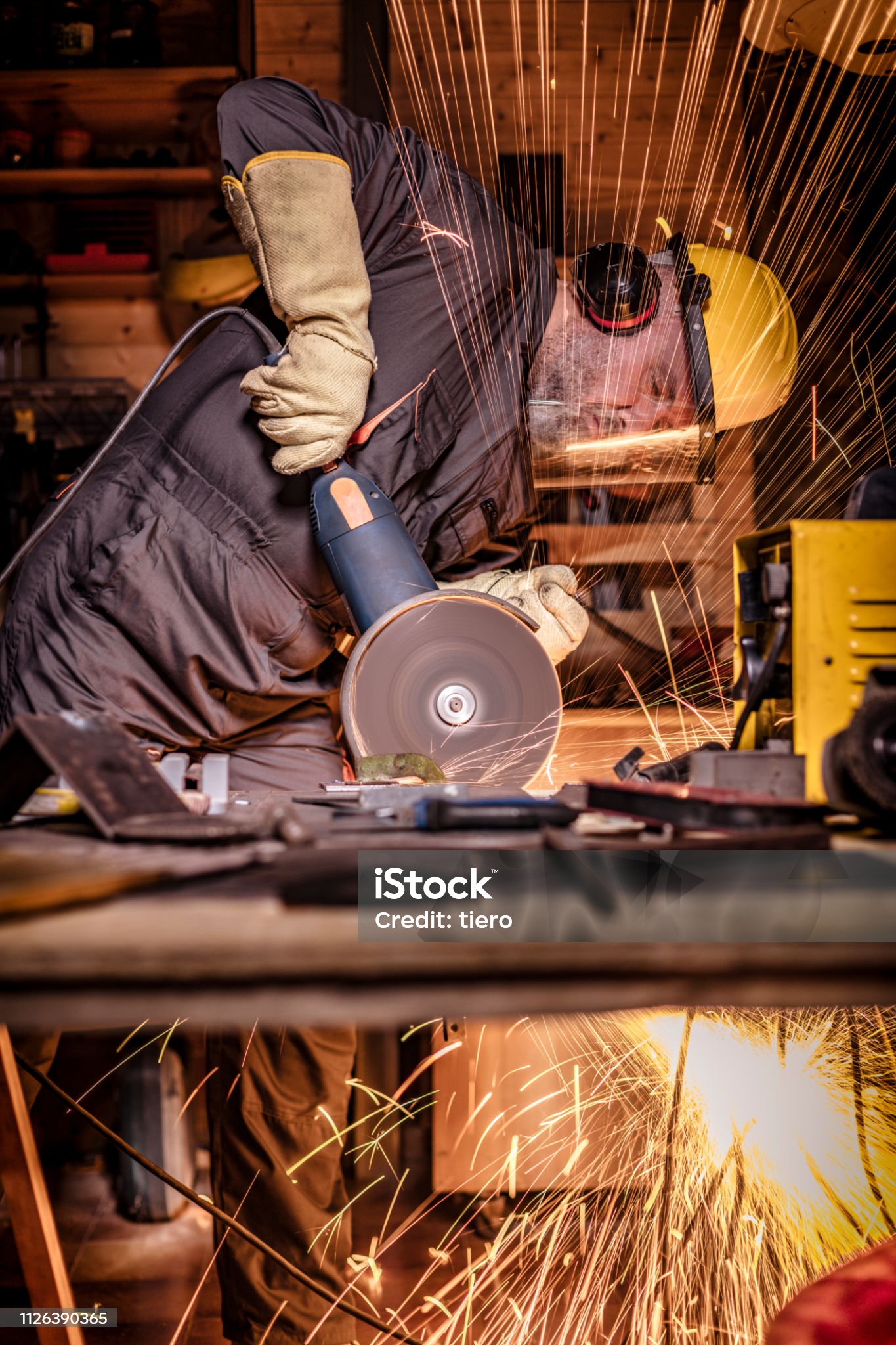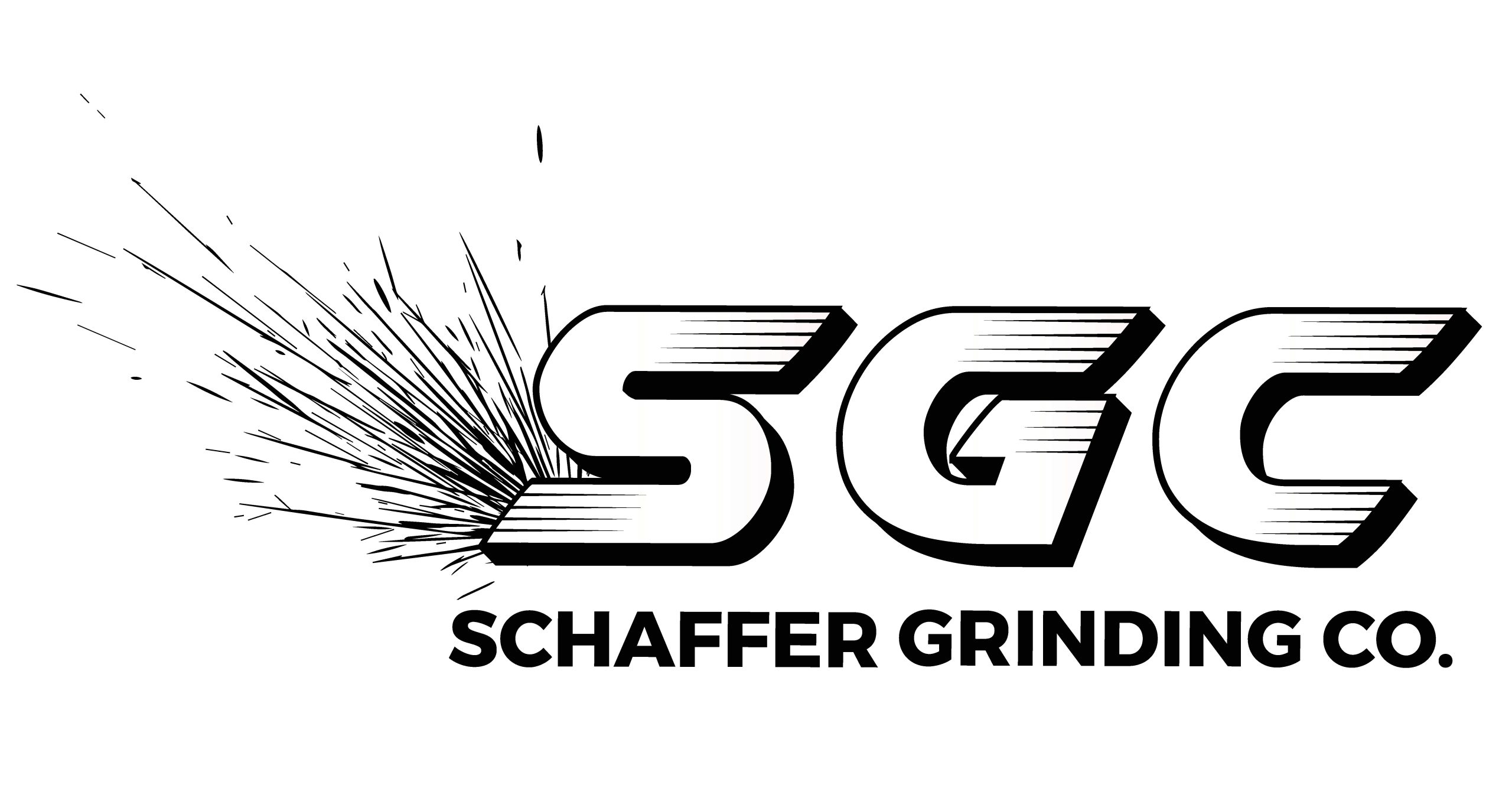Capabilities
Capabilities
With a history rooted in quality and experience, Schaffer Grinding is a leading name in Precision Grinding.
Trusted by 2,000+ companies.
Schaffer Grinding Company’s capabilities have continued to grow and expand since we first opened our doors in 1950. Our innovation and expertise has allowed us to remain a leader in state of the art grinding and support services.
We grind and machine a variety of products that include: Close tolerance sheets and plates, Weldments, Forgings and Castings, Shear Blade Sharpening, Machine Resurfacing (Beds, Columns, Saddles, etc.). We are experts in working with large products few grinding facilities are equipped to accommodate. We have been meeting customer specifications and quality demands for over 75 years.
Rotary Grinding
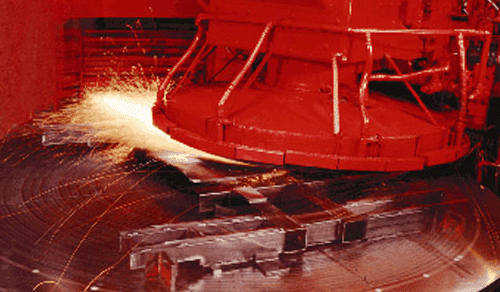
Rotary grinding delivers high-precision results for cylindrical and round surfaces, ensuring exceptional accuracy and smooth finishes.
Surface Grinding
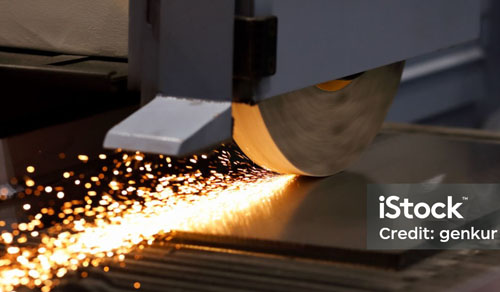
Surface grinding provides superior flatness and smooth finishes on flat surfaces, ensuring precise and consistent results for various applications.
Belt Grinding
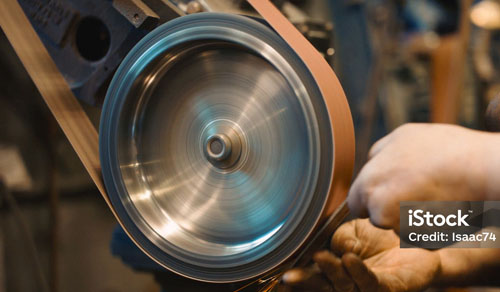
Belt grinding efficiently removes material and finishes surfaces, offering flexibility and precision for a wide range of shapes and sizes.
Precision Milling
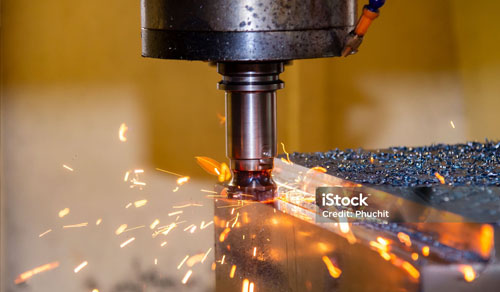
Precision milling delivers intricate and accurate machining of complex parts, ensuring high-quality and detailed craftsmanship.
At Schaffer Grinding, we’ve advanced this time-tested method with modern equipment and innovative techniques to deliver superior results tailored to your specifications. No matter how complex your project, you can count on us to meet your most demanding requirements.
We provide precision Blanchard grinding services across a range of industries, including aerospace, automotive, and OEM manufacturing, producing custom components such as forgings, dies, and other critical parts. Our expert team regularly achieves tolerances of ±.001 in.
for flatness, parallelism, and perpendicularity, with the ability to hold even tighter tolerances when necessary. Surface finishes range from a standard 125 RMS down to 63 RMS.
Our grinding capacity is among the largest in the nation. We operate multiple large Blanchard rotary grinders, as well as one of the largest reciprocating grinders in the U.S. Featuring a 700 HP motor and a 320″ swing capacity, this machine allows us to efficiently grind oversized steel bars and plates with unmatched precision and productivity.
With decades of expertise and industry-leading capacity, Schaffer Grinding sets the standard for rotary grinding performance.
Surface grinding is ideal for achieving surfaces that are smoother, flatter, and more parallel than those produced by Blanchard grinding. Because it is designed for accuracy rather than speed, this method is typically used to remove small amounts of material at a time.
With surface grinding, Schaffer Grinding can hold tolerances of less than 0.0005″ and deliver exceptionally smooth surface finishes—up to 16 microinch RA—making it a preferred process when precision and finish quality are critical.
Belt Grinding is a metalworking process that uses a powered, continuous abrasive belt to shape, refine, deburr, and sharpen material.
Schaffer Grinding is an expert of metals and the technology of abrasives to apply to your specifications. We have state-of-the art measurement instrumentations (Ultrasonic) and the largest abrasive belt vacuum check grinding capacity in the industry.
Our Belt Grinding Capabilities:
- Polish plate and sheet to #3, #4, #,6, #7 mirror finishes.
- We grind plates and sheets of the most demanding tolerances and finishing specifications-16-63 RMS, RA, AA as well as other parameters.
- We grind sizes up to 11” X 360”. Larger sizes upon request
- Flat, Tapered and Contoured precision thickness machining
- Tolerances to + or -.001” (+ or -.0005”upon request)
- Weight control for aerospace applications
- Thin sheet grinding to .005”
- Surface finishes from 250 RA to 8 RS and finer
Precision milling is the process of shaping large pieces of material into highly accurate, custom parts that meet strict specifications. This is achieved through controlled cutting, milling, or planing operations to achieve the desired geometry and surface finish.
-
- Milling uses a rotating cutting tool to remove material from a stationary workpiece, enabling complex shapes, slots, and contours to be created with tight tolerances.
- Planing uses a stationary cutting tool while the workpiece reciprocates, making it well-suited for producing flat surfaces on large parts.
Both methods are fundamental in metalworking, but their differing motions of tool and workpiece make them suitable for different applications.
